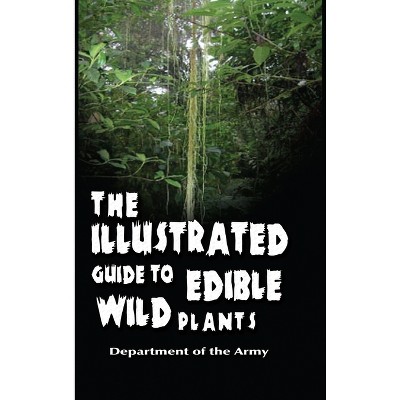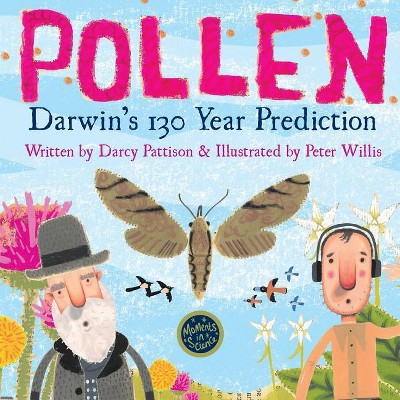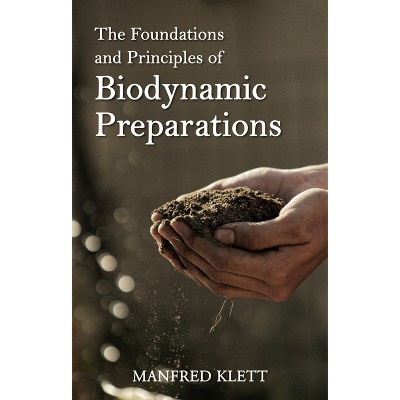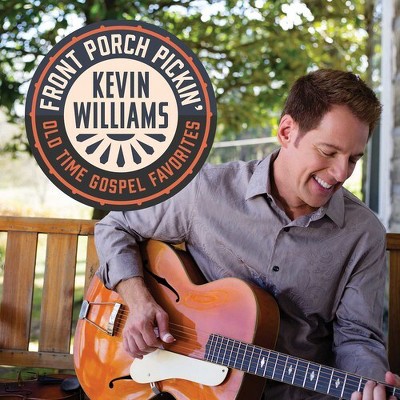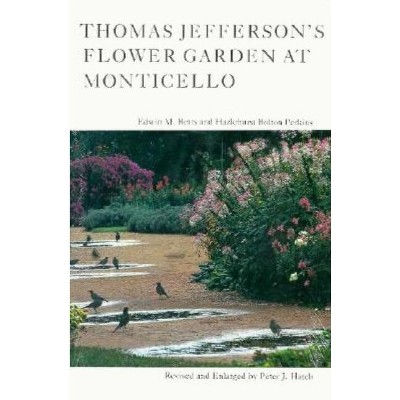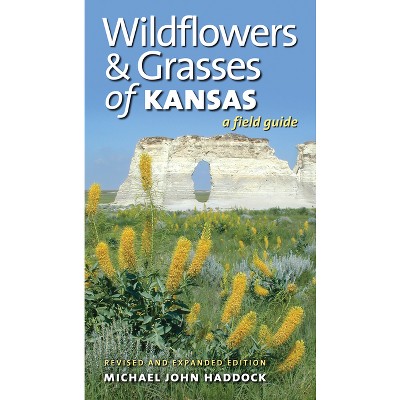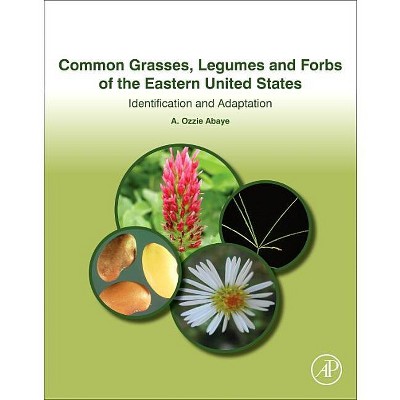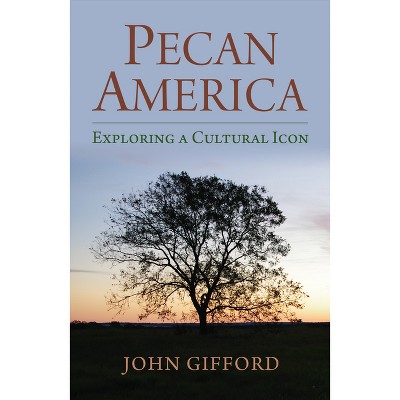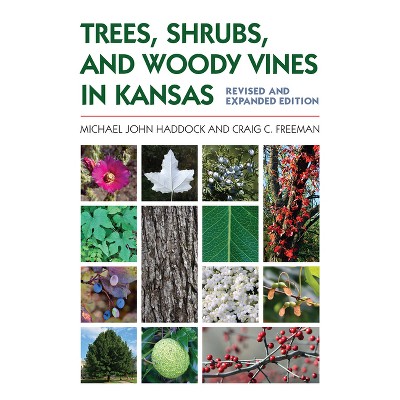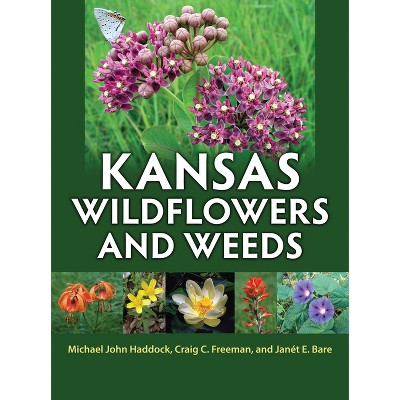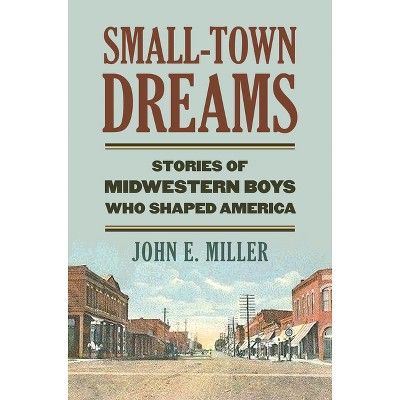Sponsored

Field Guide to the Common Grasses of Oklahoma, Kansas, and Nebraska - by Iralee Barnard (Paperback)
In Stock
Sponsored
About this item
Highlights
- Once covered by wild grasses, America's heartland is by nature a grassland, populated with plants whose ecological importance, practical value, and subtle beauty we are only now beginning to comprehend.
- Author(s): Iralee Barnard
- 256 Pages
- Nature, Plants
Description
About the Book
Profusely illustrated with 415 color photographs, line drawings, and distribution maps, this practical guide describes 70 of the most common central North American grasses within the states of Oklahoma, Kansas, and Nebraska.Book Synopsis
Once covered by wild grasses, America's heartland is by nature a grassland, populated with plants whose ecological importance, practical value, and subtle beauty we are only now beginning to comprehend. Of the 3,000 species of wild plants in Oklahoma, Kansas, and Nebraska, in the heart of the heartland, only two of every ten are grasses, and in some prairies just one or two of these can account for 80 to 90 percent of the ground cover. It is these major wild grasses, the native and the naturalized, that this field guide covers, as well as some not found in such large numbers but nonetheless widespread and easily noticed. From the more familiar (like big bluestem, little bluestem, Indiangrass, switchgrass, buffalograss, sideoats grama, and blue grama) to the less recognized (such as ticklegrass, rice cutgrass, and prairie wedgegrass), from the weedy to the desirable, each of the seventy species profiled in these pages appears in full-color, its fundamental characteristics clearly identifiable by novice and expert alike: flowers and seed heads, leaf details with size comparisons, and whole mature plant pictures. Though of ever broadening interest--to ranchers, gardeners, naturalists, and restorers of prairies and native landscapes--grasses are notoriously tricky to identify. A number of features of this guide make the task considerably easier. A handy system of "finding lists," allows a user to navigate quickly to identification of an unknown grass. Descriptions, written in clear and easily understood terms, focus on the primary characteristics of each species and are accompanied by distribution maps. And an illustrated glossary, leaf comparison section, and table of grass flowering dates provide additional information and opportunities for recognizing and appreciating various species. Putting these plants into ecological and cultural context, botanist and grass specialist Iralee Barnard gives readers, whether curious amateur, passionate naturalist, or professional, a new way of understanding the grasses of America's prairies and plains, including their plant structures and adaptations, their natural history, ecological associations, and cultural importance.Review Quotes
"[Barnard's] work is an indispensable guide for anyone wanting to know, understand, and recognize the native grasses of Kansas."--Kansas History
"This field-sturdy guide will be a valuable tool for all who need to know their grasses of the central Great Plains and a nice introduction to the pursuit for novices."--The Prairie Naturalist
"A must-have guide for ranchers, naturalists, land owners and managers, and anyone wanting an introduction to the grasses of the Great Plains. Easy-to-use finding lists, simple descriptions, and plentiful photographs make identifications a cinch."--Craig Freeman, coauthor of Roadside Wildflowers of the Southern Plains
"Field Guide to Common Grasses of Oklahoma, Kansas and Nebraska will become the book every grassland ecologist will want to have on their book shelf or in their field vehicle. I am confident that this book will be used extensively not only by professional grassland ecologists but also by individuals who are just curious or want to know more about the grasses they see every time they are outside."--John M. Briggs, Director of Konza Prairie Biological Station at Kansas State University
"An excellent tool for researchers and students in the Midwest region. No herbarium library or interested individual should be without it."--Bruce Hoagland, Oklahoma Natural Heritage Inventory and Department of Geography and Environmental Sustainability at the University of Oklahoma
Shipping details
Return details
Trending Non-Fiction


